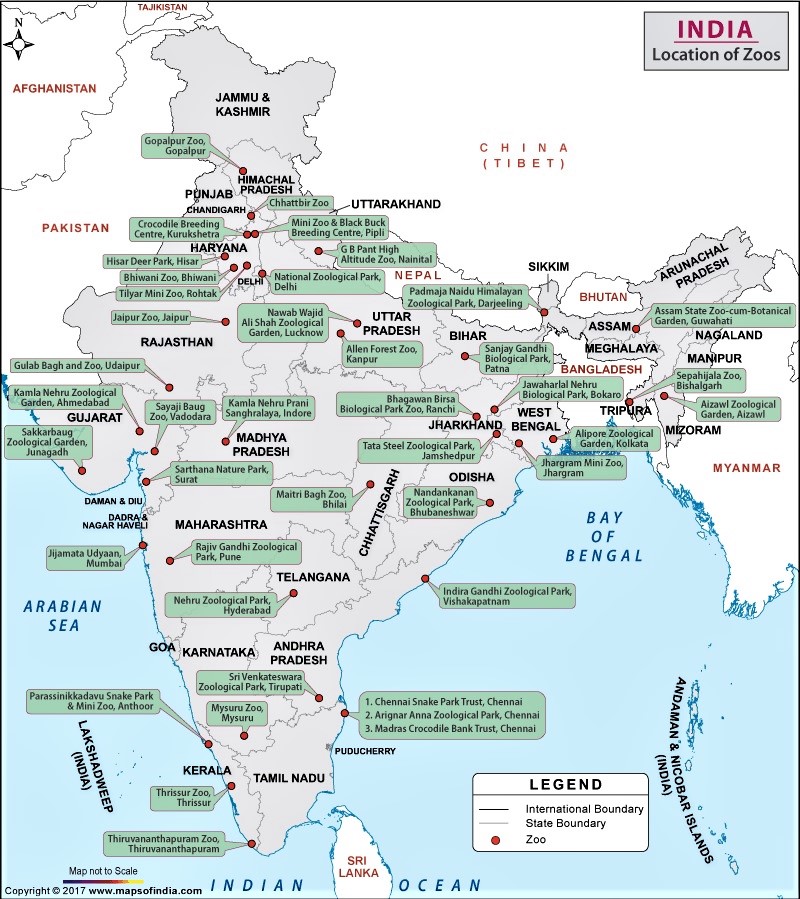7667766266
enquiry@shankarias.in
Jaguars, hybrid lions, orangutans, etc. will soon be displayed at one of the world’s biggest zoos in Gujarat’s Jamnagar city.
The Marble Palace Zoo established in 1854 in Kolkata is the country’s oldest zoo.

Quick Facts
The Central Zoo Authority (CZA)
References